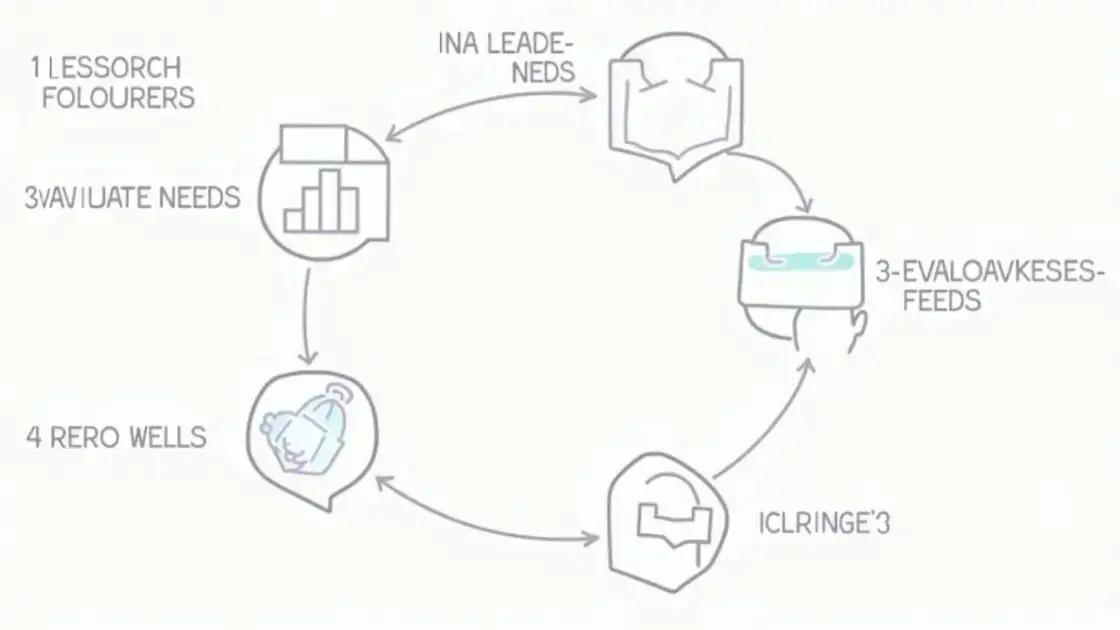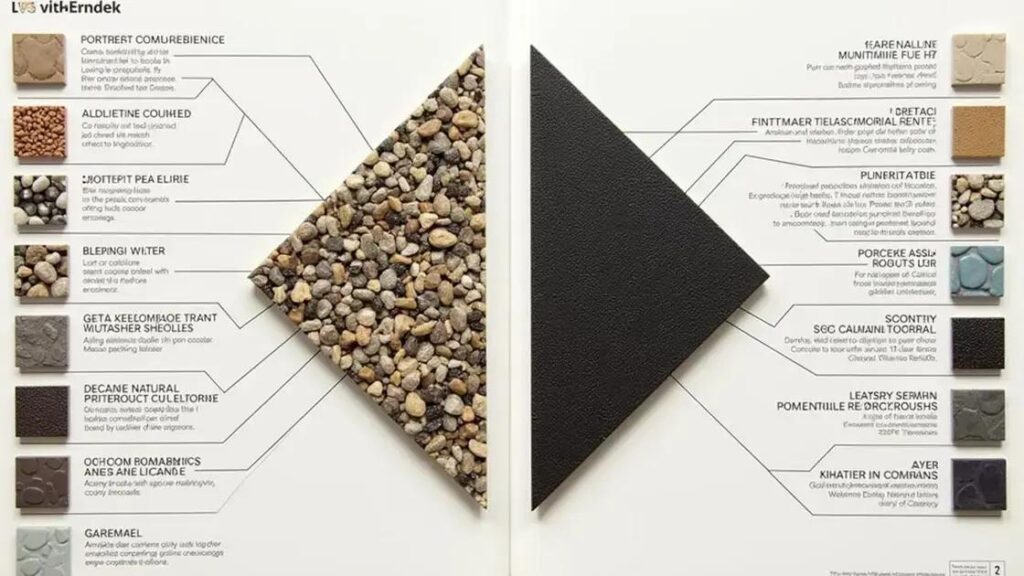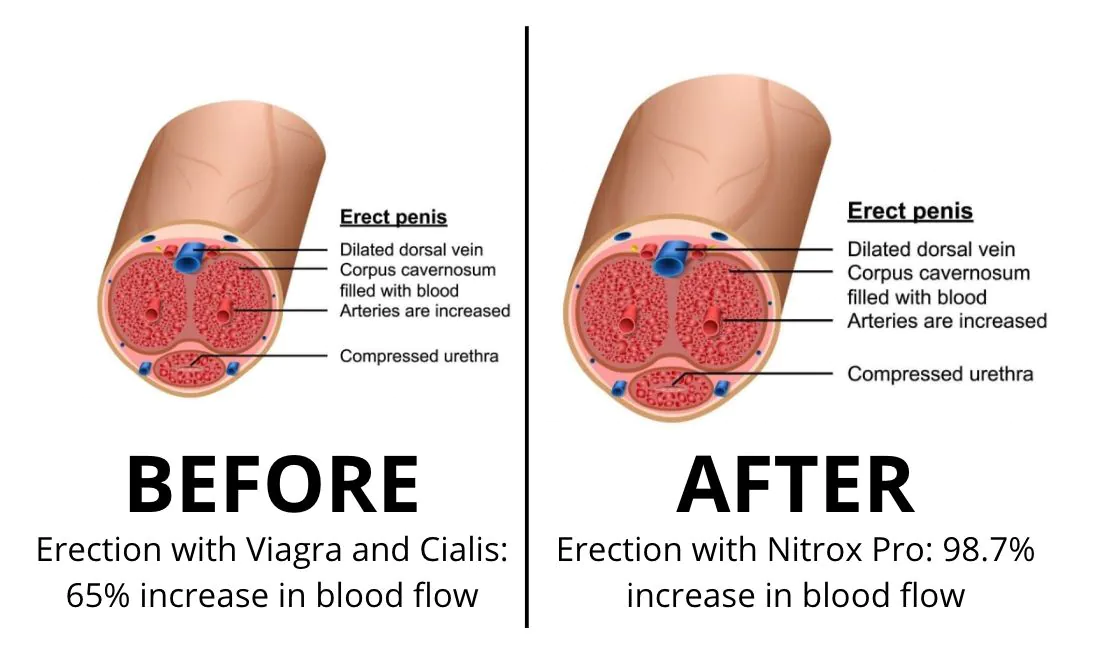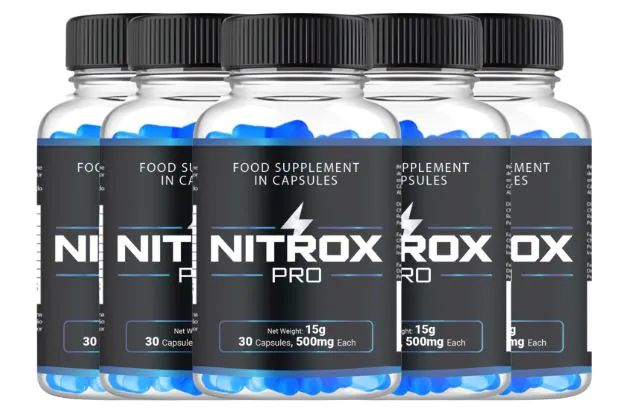Erettus is a versatile material that can be either natural or synthetic, each offering unique benefits. Natural Erettus is eco-friendly and biodegradable, making it ideal for personal care products, while synthetic Erettus is durable and cost-effective, suited for industrial applications. Understanding the key differences and benefits helps consumers make informed choices that align with their values and needs.
The debate about whether Erettus is natural or synthetic has intrigued consumers and experts alike. Understanding Erettus is crucial for those seeking sustainable and safe materials. With various applications in industries such as cosmetics and fashion, distinguishing between natural and synthetic Erettus can impact your choices significantly. In this article, we will explore the origins and composition of Erettus, highlight the differences between natural and synthetic forms, discuss the benefits associated with each type, and equip you with the knowledge needed to make informed decisions.
Understanding Erettus: Origins and Composition

Erettus is a fascinating material that has garnered attention due to its various applications and unique properties. Its origins date back to the early experiments in materials science, where innovators sought to create new substances that mimic natural materials. Through meticulous research, Erettus was created by combining a range of organic and inorganic compounds.
Origins of Erettus
The journey of Erettus began in laboratories where researchers aimed to blend functionality with aesthetics. By utilizing natural resources, they aimed to develop a material that offers the best of both worlds. The initial trials focused on ensuring that Erettus could be used safely in products such as cosmetics, textiles, and various consumer goods.
Composition of Erettus
The composition of Erettus varies depending on its intended use. Generally, it is made from a combination of synthetic fibers, natural extracts, and binding agents. These components work together to create a substance that is both durable and versatile. The balance of natural and synthetic elements gives Erettus its unique properties, such as durability, flexibility, and resilience.
Analyzing the Components
When analyzing Erettus, it’s essential to recognize the role of each component. Synthetic fibers provide strength, while natural extracts may contribute to the material’s texture or visual appeal. Understanding this interplay helps consumers make informed choices about the products they choose.
In conclusion, the origins and composition of Erettus showcase the blend of science and creativity. As we delve deeper into its applications and potential benefits, it becomes clear that distinguishing between natural and synthetic Erettus can significantly influence our purchasing decisions.
Natural vs. Synthetic: Key Differences

When examining Erettus, it’s important to understand the key differences between natural and synthetic versions of this material. Each type has unique properties, benefits, and potential applications.
Natural Erettus
Natural Erettus is derived from renewable sources, such as plants and minerals. This type of Erettus tends to have a more organic feel and may offer benefits like bio-degradability and lower environmental impact. Since it comes from nature, many consumers believe it to be safer for use in everyday products, especially in cosmetics and personal care items.
Synthetic Erettus
Synthetic Erettus, on the other hand, is manufactured through chemical processes in a lab. While it may not be derived from natural sources, this type can be engineered for specific characteristics, such as enhanced strength or greater resistance to wear and tear. Synthetic Erettus is often favored in applications requiring durability and longevity, such as in outdoor gear or industrial products.
Performance and Cost
In terms of performance, synthetic Erettus may outperform natural Erettus in some scenarios due to its engineered properties. However, natural Erettus typically comes at a higher cost due to the sourcing and production processes. Consumers must weigh the benefits against their budget and intended use when making a purchase.
Your Choice Matters
Understanding these differences is crucial. Your choices depend on factors such as your values regarding sustainability, the specific application you have in mind, and any sensitivities to materials. Being informed allows you to select the right type of Erettus for your needs.
Benefits of Erettus: Natural or Synthetic

When considering Erettus, both natural and synthetic forms offer unique benefits that cater to different needs. Understanding these advantages can help you choose the right type for your specific applications.
Benefits of Natural Erettus
Natural Erettus is known for its eco-friendliness. Made from renewable resources, it has less impact on the environment. Consumers seeking sustainable options often prefer natural Erettus for its bio-degradability. Additionally, natural Erettus can be gentler on the skin, making it ideal for personal care products. Its organic properties can enhance the sensory experience in products like textiles and cosmetics.
Benefits of Synthetic Erettus
Synthetic Erettus provides several practical benefits. It is often more affordable due to mass production capabilities. This version is also highly versatile, with properties customizable for specific uses. Durability is another significant advantage; synthetic Erettus can withstand harsh conditions and is less prone to wear and tear. This makes it perfect for industrial applications where longevity is important.
Choosing the Right Type
Each form of Erettus serves a specific purpose. Natural Erettus may be best suited for products that prioritize ecological impacts and consumer safety. In contrast, synthetic Erettus caters to users seeking durability and cost-effectiveness. Evaluating the needs of your project or lifestyle can help guide your decision.
Considerations for Consumers
When selecting between natural and synthetic Erettus, it is essential to consider not just efficacy but also the ethical implications. Some consumers may prioritize sustainability over cost, while others may look for longevity and performance. Knowing the benefits of each type allows you to make an educated choice that aligns with your values and needs.
Making Informed Choices: What You Need to Know

When it comes to making informed choices about Erettus, there are several key factors to consider. Knowing what to look for can help you select the best option for your needs.
Research the Source
Whether you are choosing natural or synthetic Erettus, it’s essential to research the source. For natural Erettus, look for certifications that verify it comes from sustainable sources. This ensures you are making an eco-friendly choice. For synthetic Erettus, check for safety standards and manufacturer information to understand the materials used in production.
Evaluate Your Needs
Before making a decision, evaluate your specific needs and how you plan to use Erettus. Consider aspects such as durability, appearance, and environmental impact. If you need Erettus for a product that requires flexibility, synthetic options may suit you better. For applications focused on sustainability, natural Erettus would be a more fitting choice.
Read Labels Carefully
Labels can provide valuable information about the product. Look for details regarding the composition of Erettus and its intended use. Understanding the difference between various products can help you select the right type for your project or personal use. Be wary of generic claims and look for specific details.
Consult Reviews and Recommendations
Another useful strategy is to consult online reviews and recommendations. Other consumers often share their experiences, which can give you insight into each type of Erettus. Checking forums, blogs, or social media can provide a broader understanding of how others have benefitted from different Erettus products.
By considering these factors, you can make a well-informed choice that aligns with your objectives and values regarding Erettus.
In Summary: Understanding Erettus Choices
Deciding between natural and synthetic Erettus involves a careful evaluation of your needs, values, and the applications for which you intend to use the material. Both forms offer unique benefits, from sustainability and safety with natural Erettus to durability and cost-effectiveness with synthetic options.
By considering the origin, performance, and ethical implications of your choices, you empower yourself to make informed decisions that align with your lifestyle and values. Whether you prioritize eco-friendliness or seek specific functionalities, being well-informed frees you to select the best Erettus for your requirements.
In this evolving landscape, knowledge is your best tool, enabling you to navigate the options confidently and enhance your projects with the right materials.
FAQ – Frequently Asked Questions about Erettus
What is Erettus?
Erettus is a versatile material that can be either natural or synthetic, used in various applications such as cosmetics, textiles, and industrial products.
What are the differences between natural and synthetic Erettus?
Natural Erettus comes from renewable resources and is eco-friendly, while synthetic Erettus is manufactured through chemical processes and is known for its durability.
What are the benefits of using natural Erettus?
Natural Erettus is sustainable, biodegradable, and typically gentler on the skin, making it ideal for personal care products.
What advantages does synthetic Erettus offer?
Synthetic Erettus tends to be more affordable, durable, and customizable for specific applications, making it well-suited for industrial uses.
How can I make informed choices when selecting Erettus products?
Consider researching the source, evaluating your specific needs, reading labels carefully, and consulting reviews to help guide your decision.
Are there ethical considerations when choosing between natural and synthetic Erettus?
Yes, many consumers consider factors such as sustainability, environmental impact, and product safety when making their choices.












